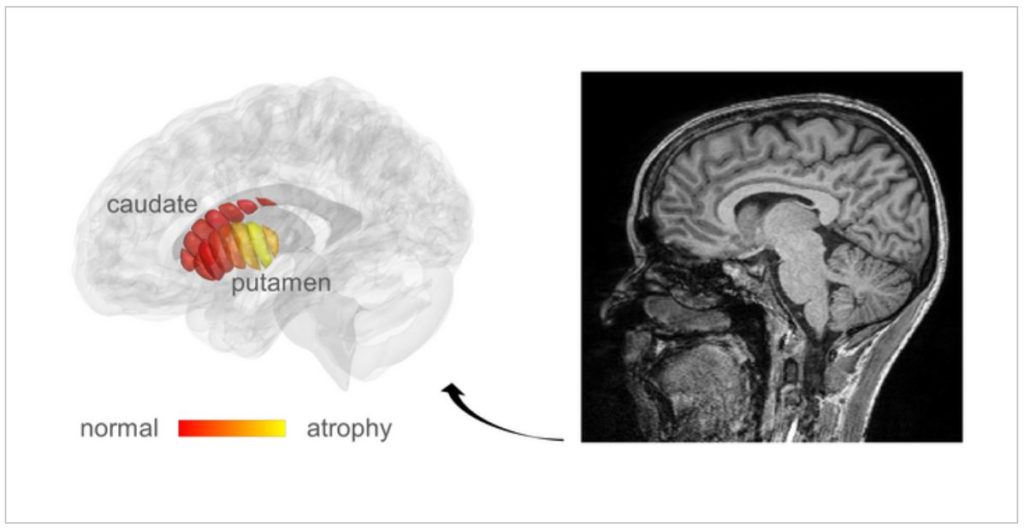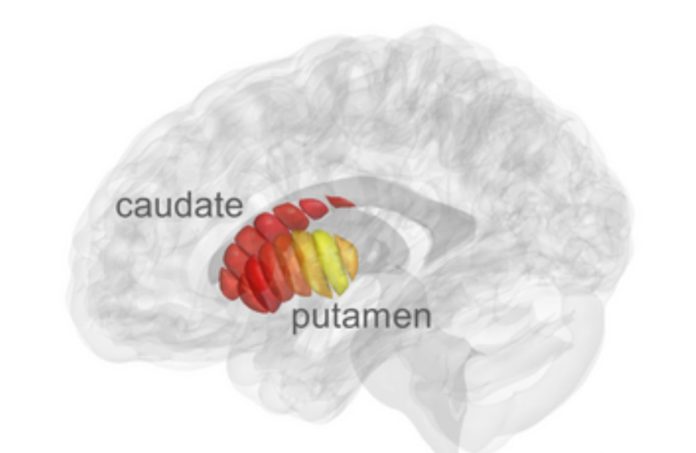Parkinson’s disease is a neurological condition that worsens with time and impairs sufferers’ ability to walk and even talk. Its early-stage diagnosis is difficult and impossible.
MRI, a procedure most of us are acquainted with, is typically used to visualize brain structure.
However, it is currently only used to rule out other potential diagnoses because it is not sensitive enough to identify the biochemical changes that occur in Parkinson’s patients’ brains.
The researchers at the Hebrew University of Jerusalem (HU), led by Professor Aviv Mezer, found that the cellular abnormalities in Parkinson’s disease may be exposed by modifying a related technology known as quantitative MRI (qMRI).
With their method, they were able to look at the tiny structures in the striatum, a part of the deep brain that is known to get worse as Parkinson’s disease gets worse. Elior Drori, one of Mezer’s doctoral students, came up with a new way to analyze biological changes in the striatum’s cellar tissue. This made it easy to see what was going on.
Additionally, scientists were able to show that these alterations were linked to the early stages of Parkinson’s disease and the patients’ movement disorders.
The results of their research were just released today in Science Advances.
The sensitivity of qMRI comes from the fact that it takes multiple MRI images with different excitation energies. This is like taking the same picture with different colors of light.
The qMRI study performed by the HU researchers allowed them to identify changes in tissue structure in various striatal areas.
These measurements’ structural sensitivity could only previously be attained in labs looking at patients’ post-mortem brain cells.
Not the best way to find early signs of disease or make sure a drug is working.
“When you don’t have measurements, you don’t know what is normal and what is abnormal brain structure, and what is changing during the progress of the disease,” explains Mezer.
The new knowledge will facilitate early disease identification and give “markers” for evaluating the efficacy of future medication therapies.
“What we have discovered,” he adds “is the tip of the iceberg.”
They will now expand on this method to look into microstructural alterations in other parts of the brain.

The group is also working to make qMRI into a tool that can be applied in a clinical context.
Mezer thinks that will happen in about three to five years.
Drori also thinks that this kind of analysis will make it possible to find subgroups of Parkinson’s disease patients, some of whom may react differently to some drugs than others.
He believes that this analysis will ultimately “lead to personalized treatment, allowing future drug discoveries with each person receiving the most appropriate drug.”
Source: 10.1126/sciadv.abm1971
Image Credit: Mezer Lab/Hebrew University
You were reading: New Research Clearly Revealed The Earliest Signs Of Parkinson’s Disease in The Brain
